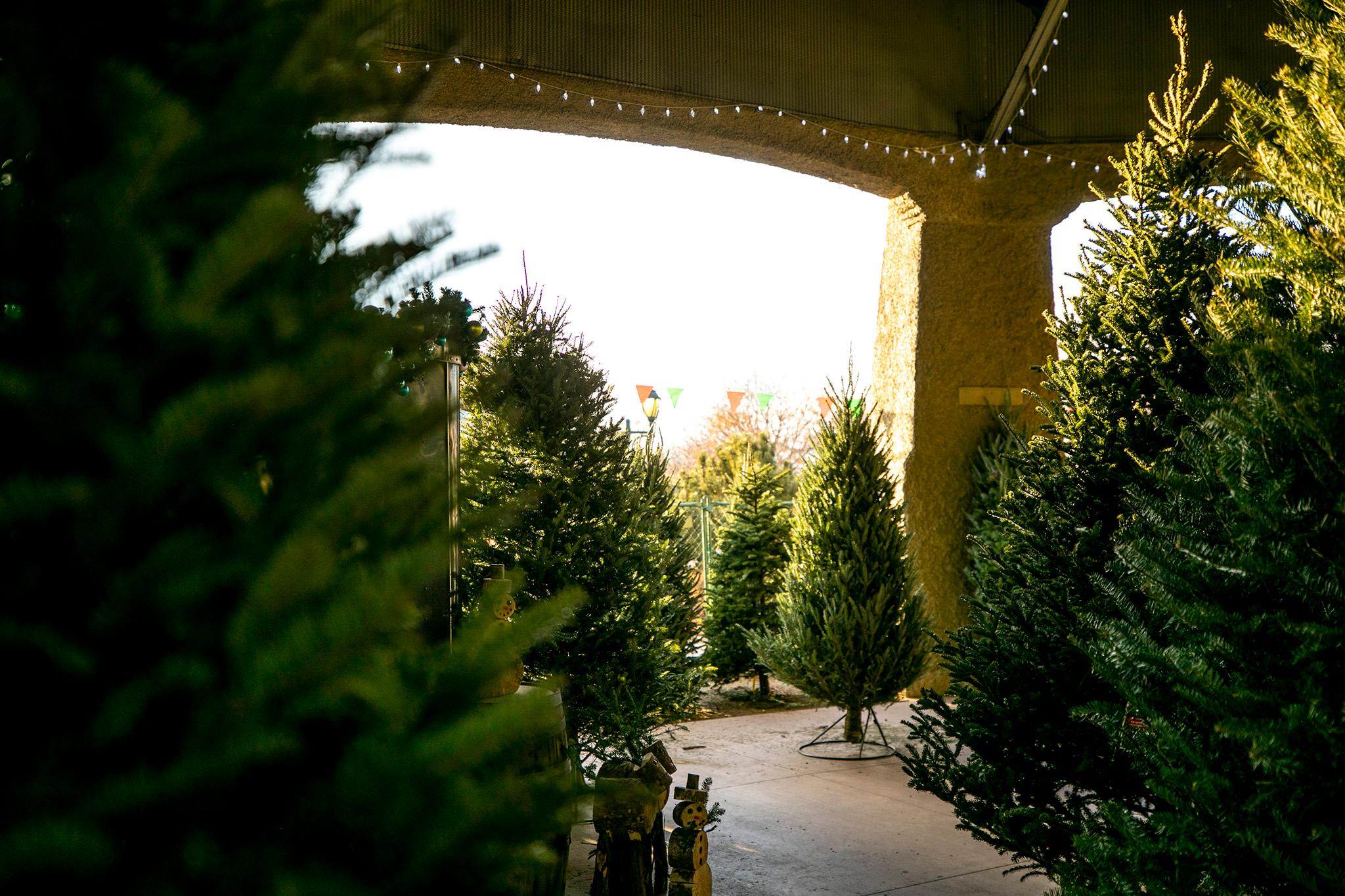The city of Denver was a lot smaller when Rufus E. Cable photographed it around 1860. His image of Larimer Street, likely taken at what is now Larimer Square, depicts a classic vision of an old west town: squat buildings with square facades and covered wagons surrounded by flat dirt. The shot is complete with edges blurred by his imprecise lens that likely transcribed the scene onto a metal plate negative.
Brian Trembath, a librarian at the central library's Western History Collection, wrote about the shot and did some archival gumshoeing to confirm that it is, probably, the earliest known photo of the city.
Initials on the print led to Cable, then Trembath found records placing the photographer in Denver at the time. One 1860 article in the Rocky Mountain News said he was exhibiting his "handsome photographs" of Colorado and elsewhere.
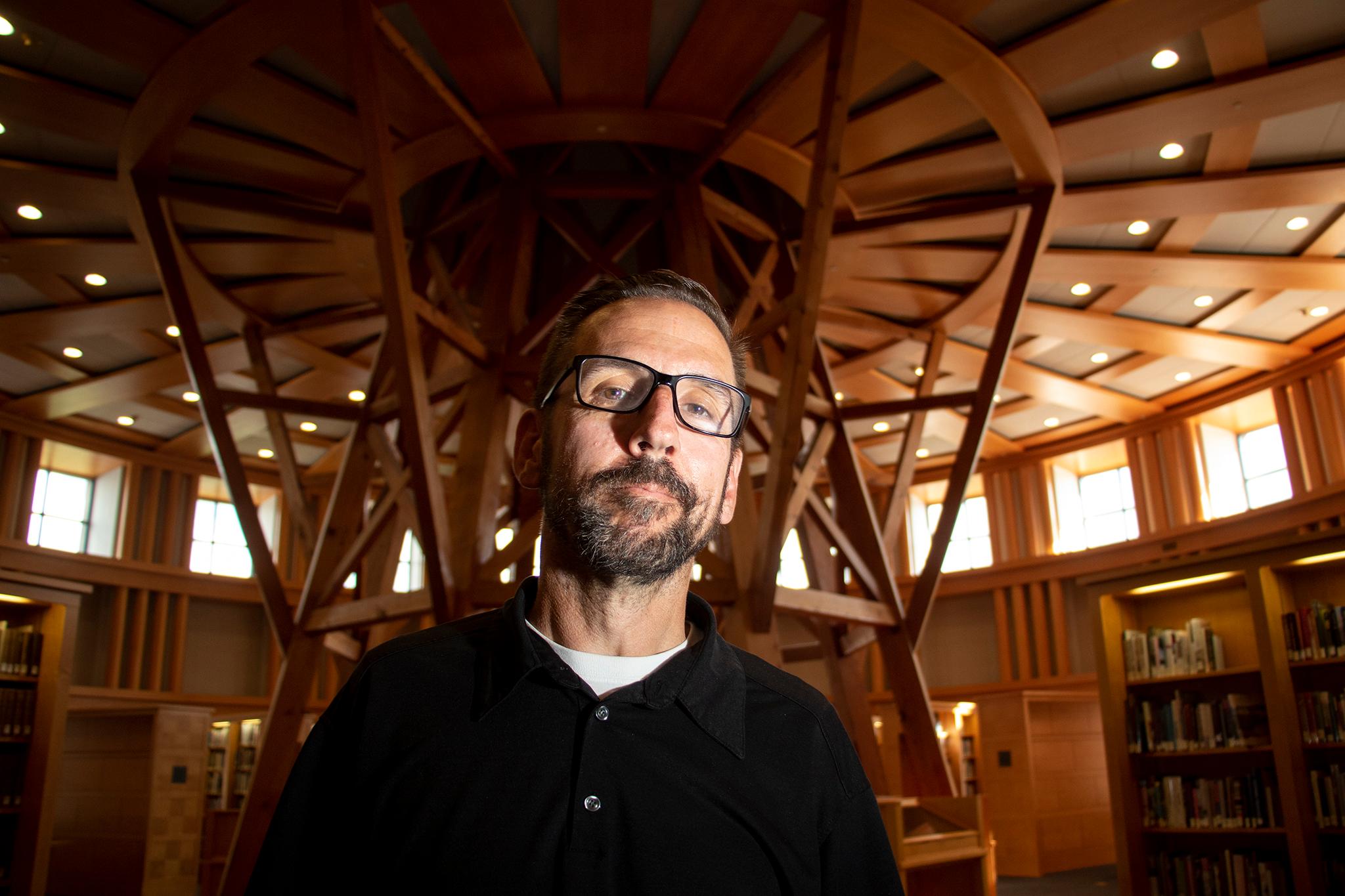
"I can safely confirm that it's one of the earliest. I'm pretty comfortable saying that it's from that 1859 to 1860 era," Trembath told Colorado Matters' Ryan Warner (that interview is available for your listening pleasure on CPR).
His research shows that Cable's time in Colorado didn't last long. He said Cable had "a pretty impressive run" making it in the new territory, but there wasn't enough gold to support all those who headed west and the photographer ended up "crawling back to Kansas" where he became a probate judge and politician. Before he left, he managed to photograph Colorado sites like Blackhawk, Nevadaville and some mining operations in Gilpin County. He also (supposedly) named Garden of the Gods with his quick reaction to a joke that the place would be great for a beer garden.
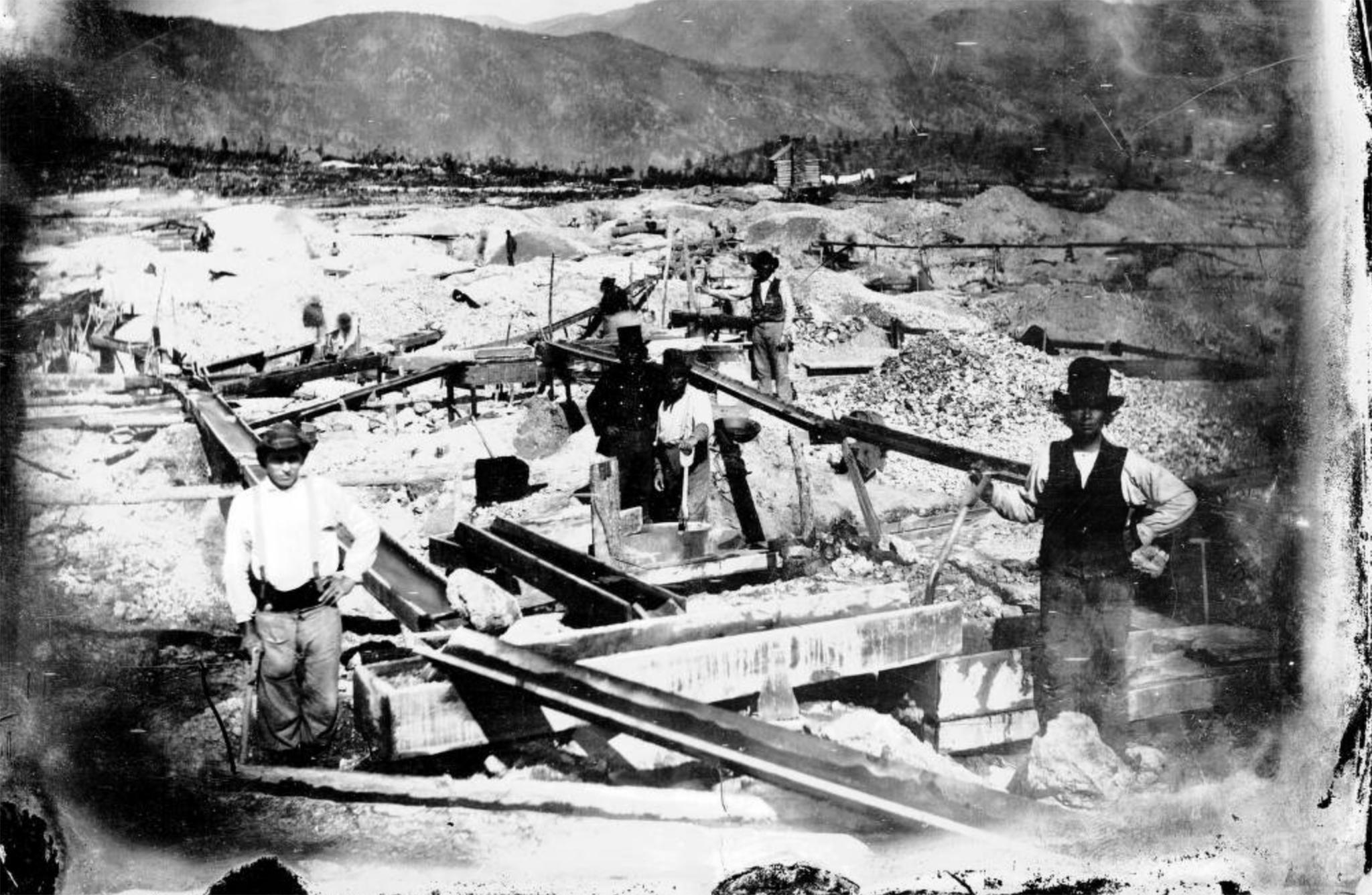
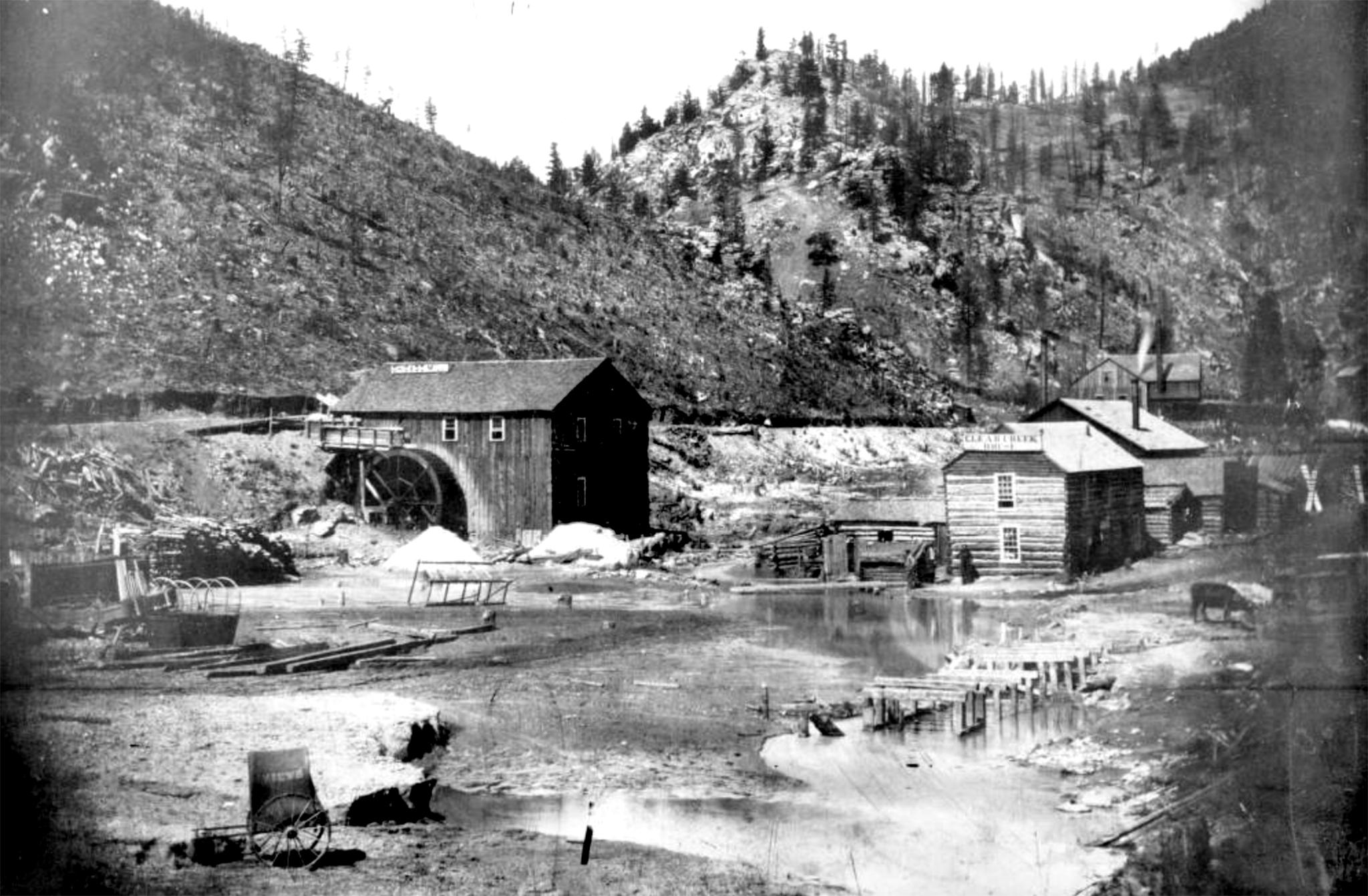
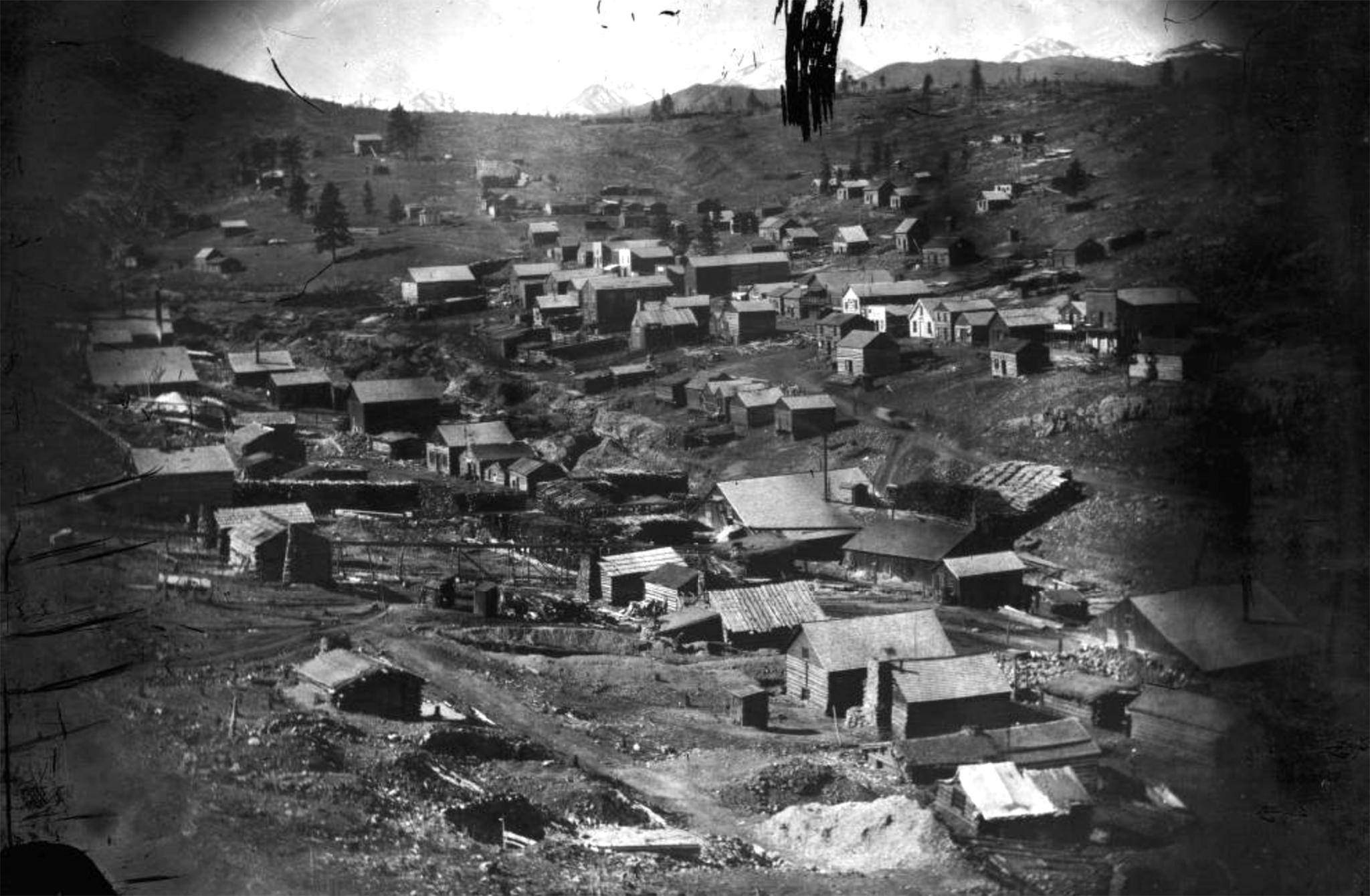
Cable's historic image and the records that helped Trembath confirm its provenance might not have survived this long without an early, intrepid librarian.
Malcolm Glenn Wyer was the founder of DPL's Western History Collection, who led a rapid acquisition of documents before the department opened to the public in 1935.
"They pretty aggressively sought out photo collections," Trembath said, which probably included Cable's image of Larimer Street. "They had a pretty big budget."
As Wyer amassed more and more material, he also managed to acquire many prints and original negative plates by Edward Curtis, a white man who attempted to photograph every native tribe in the U.S. before colonization changed their lives forever. It was the kind of investment that put DPL's archives on par with some of the older museums back east.
There in the old library, despite the fact that climate- and humidity-controlled vaults had yet to be invented, one of the largest archives of the American West was born.
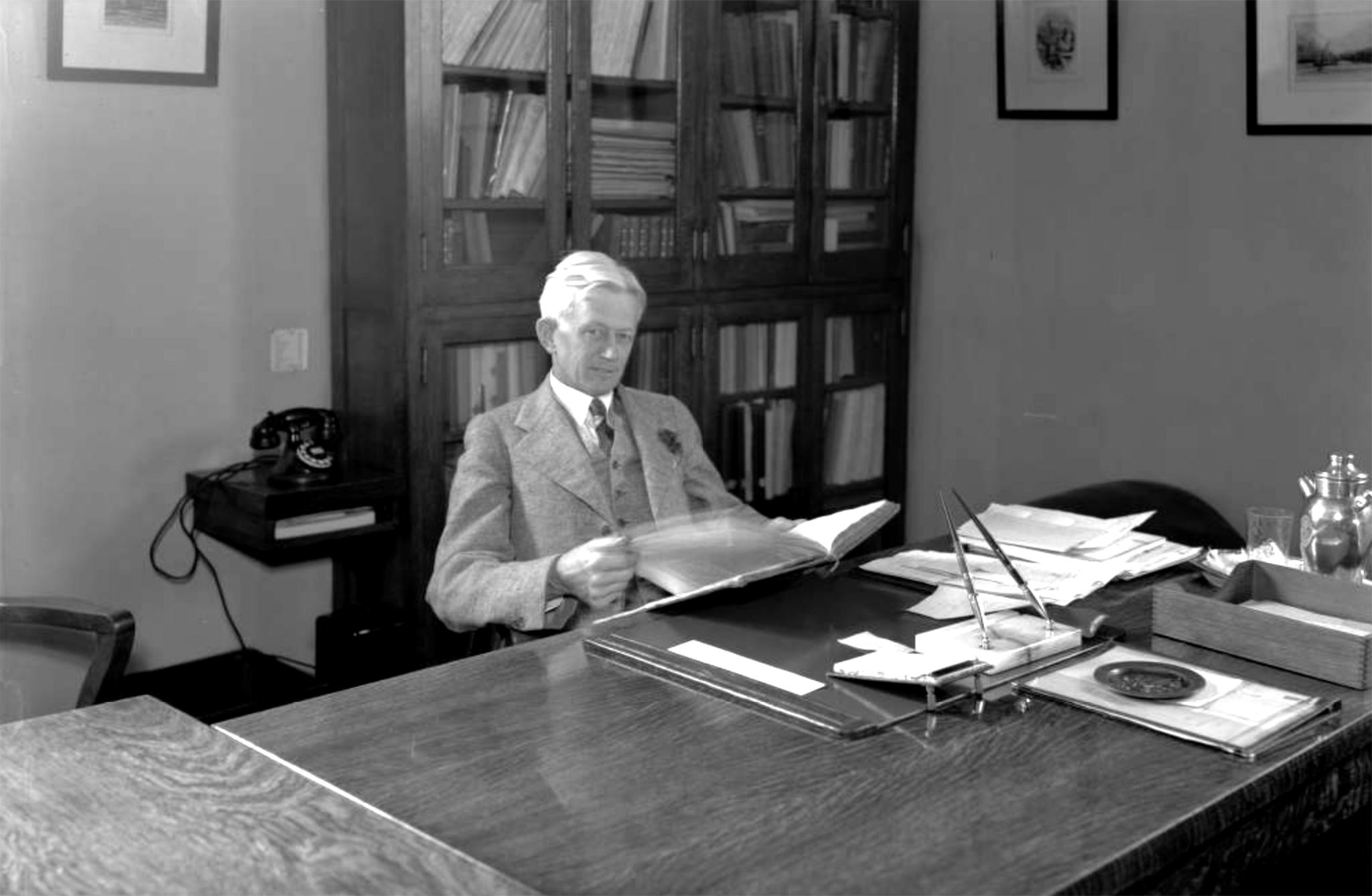
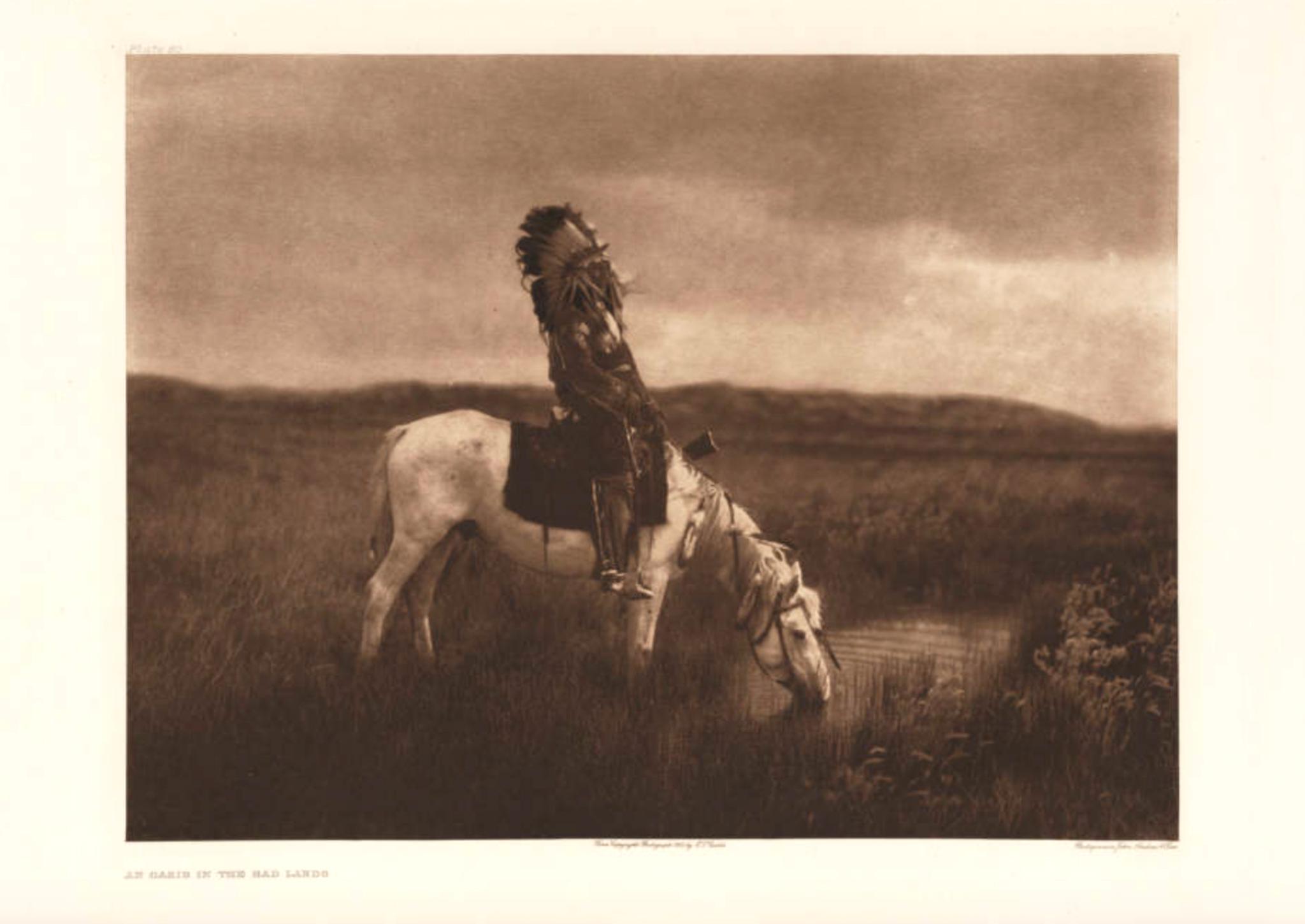
Trembath says this history is important to maintain for present-day Denverites, especially since it feels like so much is in flux right now.
"It's important to remember, I think, that Denver has always changed. It's continuously changed," he said.
He's heard people talk about preserving the past, but he thinks that's maybe a short-sighted thought.
"What era should we put a glass bubble around?" he asked. "What was the date when we should have just stopped?"
The library's collection preserves that legacy of constant evolution. It's something that might help us remember that a lot has happened in 150 years -- and yet, 150 years isn't really that long. Photography had been invented by the time Denver was founded, after all. You can see it for yourself.





